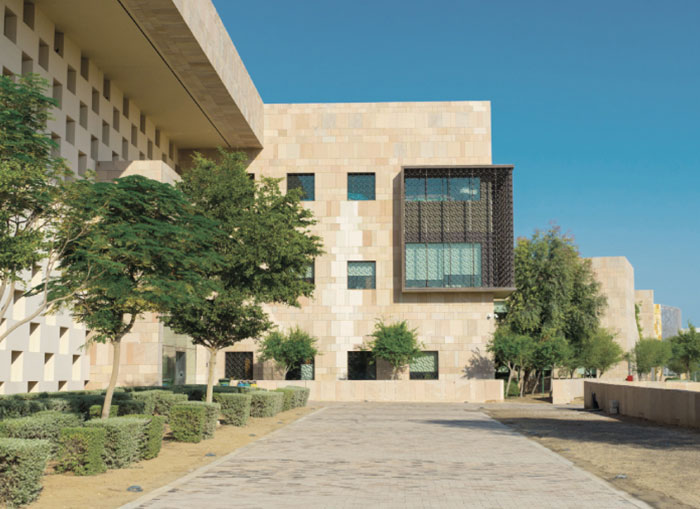
Time: 1 Month Duration
Location: Online
USD 100 (≈ QAR 364)
Passive Solar design strategies help us in designing buildings with better thermal comfort without the use of any mechanical energy sources. This course covers different passive cooling techniques as applicable to buildings designed in the hot climate. To make our buildings sustainable, it is pertinent that we use a minimum amount of mechanical energy to achieve thermal comfort. This is especially challenging in a hot climate where high temperature is prevalent most of the year making it inevitable to use mechanical energy for comfort. High humidity can make the situation even more difficult. Designing buildings that are climate responsive and use as less energy as possible to provide comfort is the way forward. This is is the sustainable approach. Passive solar design principles avoid unwanted heat gain in the building preventing overheating and hence reducing the need for cooling. It is vital to provide cooling with passive techniques that do not use any energy. After having exhausted all the available and applicable strategies, the remaining demand can be met by mechanical space conditioning systems. This approach sharply reduces the cooling demand and the associated energy use over the lifetime of the building. This cannot be achieved without a climate responsive approach. This course will cover many passive cooling techniques as applicable to buildings in hot climate. Most of these techniques rely on natural heat sinks to dissipate the excess heat gained by a building. This course also enumerates many interesting projects that showcase the successful adoption of passive cooling techniques. It will also highlight the passive cooling considerations that are addressed in Global Sustainability Assessment System (GSAS) Design and Build rating. The entire lecture is structured into 6 modules with highly visual and engaging content. At the end of the course, you will have clarity on different techniques and their application.
$ 100
Course Curriculum
What you will Learn
At the end of this course, participants will be able to:
1. Define heat transfer processes, architecturally
2. Recall principles of passive design
3. List passive cooling techniques
4. Understand the application of passive cooling strategies
5. Understand passive cooling considerations in GSAS
Instructors
Course Features
Duration:
0.4 hours
Fees:
USD 100 (≈ QAR 364)
Learning Hours (LH):
2 LHs
Language:
English
Experience Level:
Intermediate
Accreditation:
GSAS Continuing Professional Development (CPD)
Course Type:
Sustainability Courses
Status
